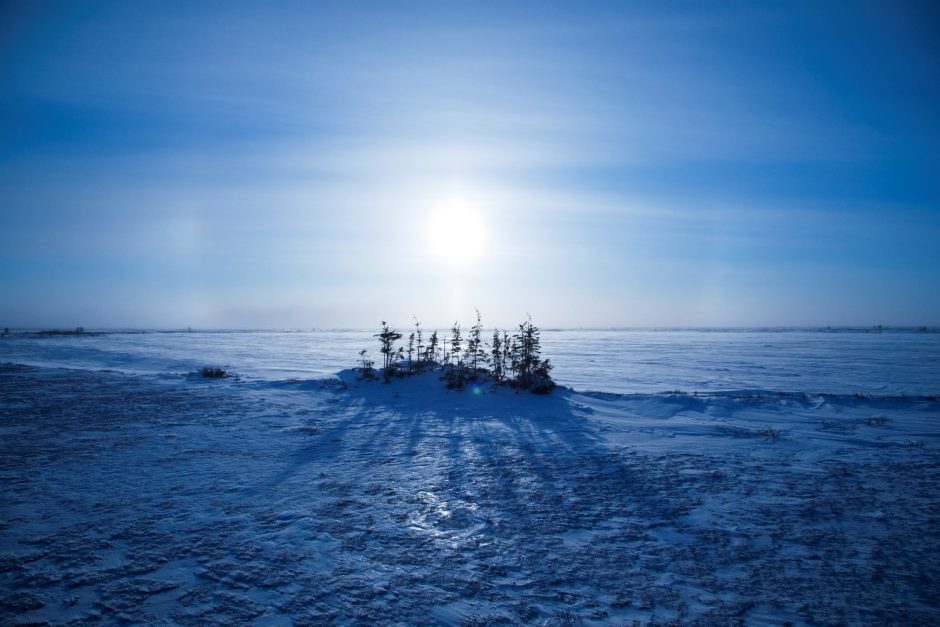
How to Keep your Camera from Fogging up in Cold Environments
When photographing in extreme cold, one of the key considerations is how you will prevent your camera from fogging up. This happens when you’re photographing outside in VERY cold conditions (think 0 F and below) but come inside to warm up in between photo sessions. It’s that blast of warmer, more humid INSIDE air that’s the problem. This is when it’s likely to occur.
If you want to have unimpeded access to amazing polar photography, with a clean, clear lens ready for anything, read up here and go forward in confidence!
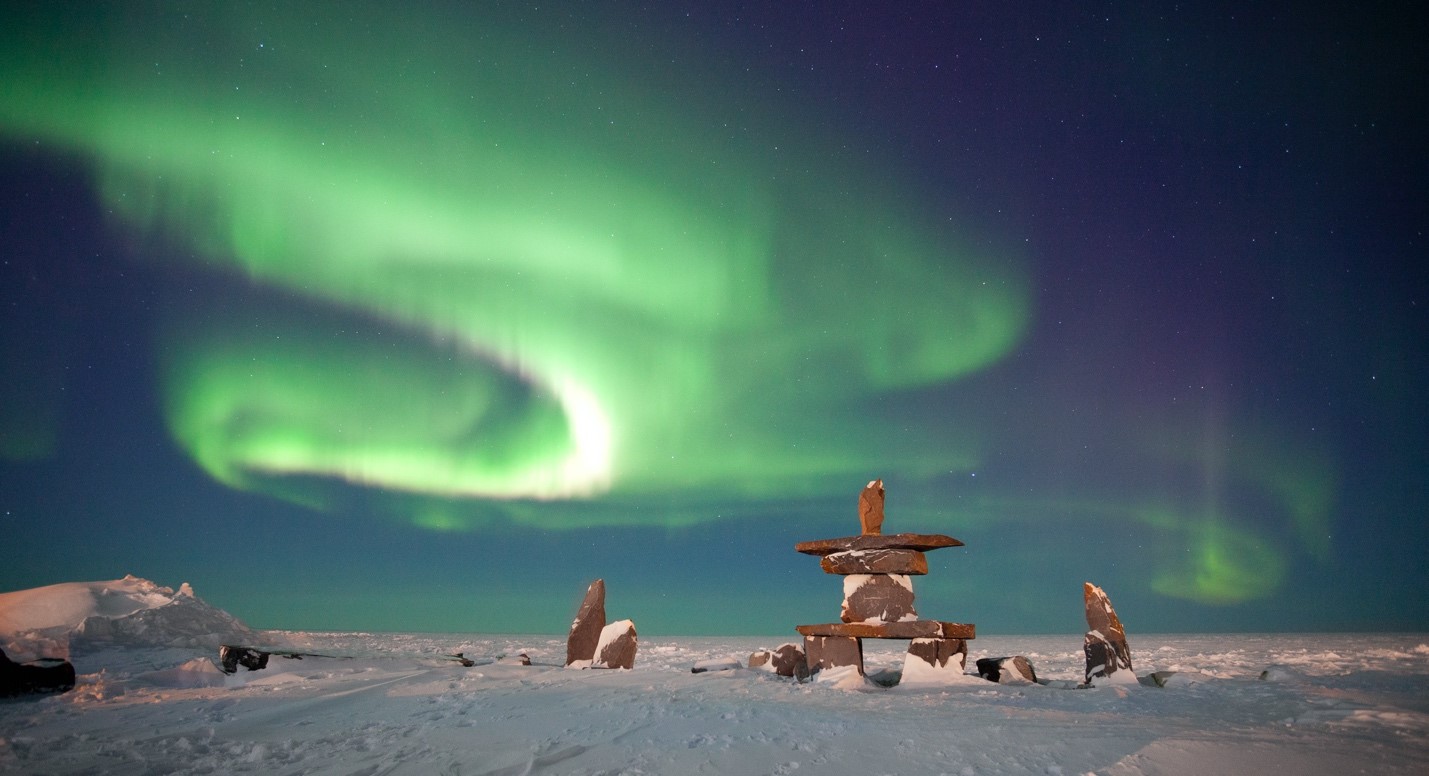
Why the Fog?
To start, let’s examine WHY your lens gets foggy in these situations.
Basically, the ultra cold weather turns your camera into a frozen metal/plastic block. When you take that frozen block out of the cold, and put it into a warm, humid environment (i.e., inside a building, which has warmer air, and people breathing, and humidity pumped through the furnace…not uncommon in dry, perpetually cold areas), it instantly cools the gaseous water (humidity) in the area immediately around the camera into liquid water. Remember back to 10th grade chemistry, when you cool a gas, it turns it into its liquid state. That liquid state is condensation.
It acts very similarly to when you take a cold soda out of a cooler on a summer day, and it begins to “sweat.” It’s really just that condensation.
Why is this Bad?
Condensation isn’t inherently a bad thing. But when it comes to your camera, a digital instrument that relies on impeccable visibility and optics, anything that accumulates on the end of your lens is bad. This goes for dust, as well as water, by way of condensation.
If it were just a splash of water, no biggie…take a lens cloth and wipe it off. However, because of the extreme, super cooling of 0 F or lower, it takes a long time for the camera to warm up to the room’s temperature. In the meantime, it’s going to continue turning humid air into water, over and over again, no matter how much you wipe off (well, kinda…there’s a trick to this…more on this later).
The WORST case scenario, is that you get condensation on your lens, and then it refreezes. I’ve personally had this happen when I take a break from outside photography, bring my setup into a “warming hut” only to find that the warming hut is still 25 F (but better than the -55 F it was outside I suppose). The condensation can actually FREEZE, making it all that much harder to remove.
Best thing is don’t let it happen in the first place.
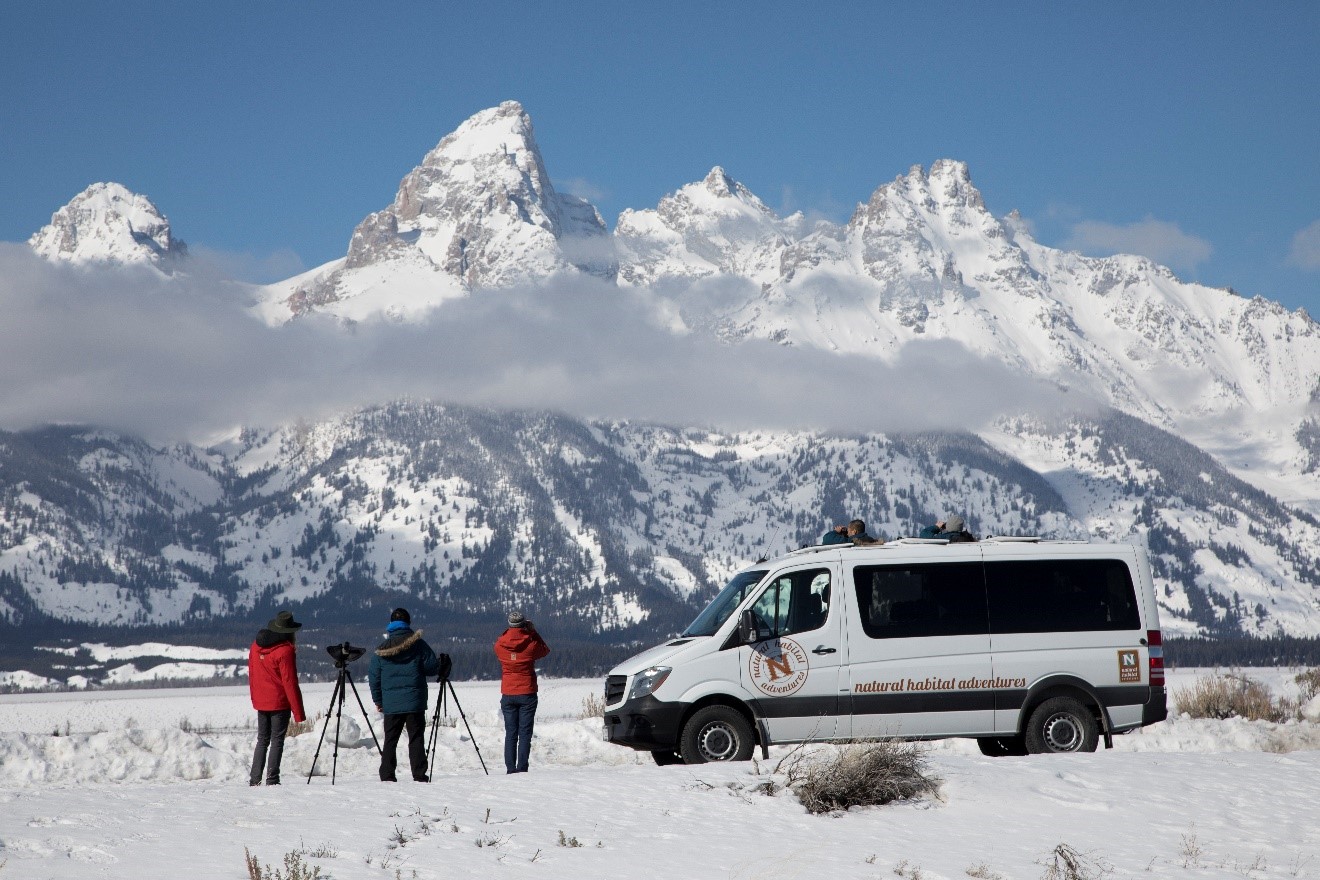
How to Avoid the Fog
There are a few techniques for preventing this. Some are easier said than done, so I’ll list them all.
First, the easiest thing is just not bringing your camera into warm, humid inside areas between shoots. But, easier said than done! Either you are trying to save your battery life, or maybe you’re needing to change lenses, or perhaps just trying to protect it from the elements while you take a break to warm up.
While this isn’t always the most practical thing, it’s important to realize this is the only truly fail safe, so thinking about how to avoid this in the first place is always prudent.
A more practical solution is that when you are bringing your camera inside, put it in its camera case BEFORE bringing it in, zipped up, and essentially “boxed up for the night,” meaning that it’s totally protected from the ambient air. Then, do your very best to not open the camera bag to review your photos until it has a chance to gradually warm. If you must open your bag to start charging batteries, or download photos, do so gradually.
Think about bringing the camera bag inside, then 20 minutes later unzip the bag but do not open it. Then 20 minutes later prop the bag open slightly with a book. Then another 20 minutes later fully open it. Yep, it’s a pain, but even if you don’t plan on shooting for the rest of the night, you don’t want condensation to accumulate on your camera, but it could also accumulate IN your camera if it’s not highly weather sealed. This isn’t a usual problem to have, but if you do, it’s not a good thing for the life of your camera.
Ok, let’s say there’s a situation where you MUST bring your camera in immediately from the outside to an inside area that is conducive to giving you the fog (i.e., warm, humid, you know the drill by now…). At very least, if you do nothing else, ever, be sure your lens cap is on your camera, and do not take it off. This isn’t a perfect solution, because in extreme temperature differentials, air will still sneak in and condense through the small openings in your lens cap. However, it will save you most of the trouble, and is a very easy solution.
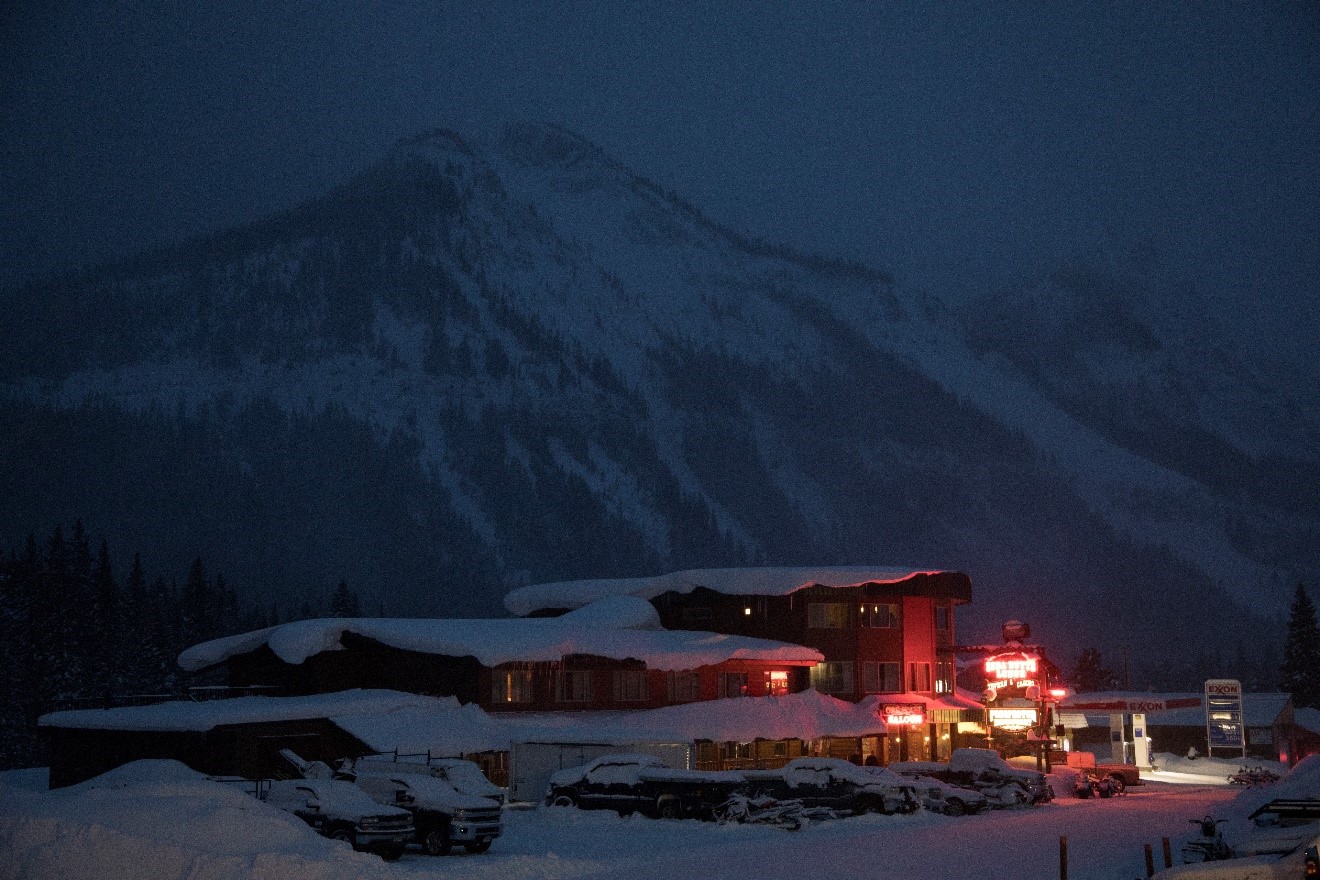
What to do if you do get the Fog
It happens to the best of us. We forget, we are in a rush, it happens. My technique, if I do slip up and don’t wait the proper amount of time, or I don’t throw a lens cap on before coming inside, is to basically warm my lens up through friction by wiping it continuously with a lens cloth. Not the most ideal solution, but when you’re in the field, and you MUST be ready to go back out with a ready-to-shoot lens (e.g., the aurora just started bursting again).
So, again, if my lens has fogged, and I’m inside, and the deed is done…nothing more I can do to prevent, I’ll take a very clean lens cloth and gently, but somewhat vigorously, begin clearing the fog in a circular motion while pressing just a bit to actually create warmth due to the friction I’m creating with the cloth. And I’ll do this for usually a couple minutes (or more if needed). I’m sure that this isn’t the best thing for my UV filter (which I always have on every lens), but it’s the only thing you can do to backtrack and fix the problem once it’s already happened.
Hopefully you are headed to a cold place soon to join a polar photo adventure, like those to the Arctic or perhaps Antarctica! If you are, I also hope this will prove useful and helpful so you can maximize your time with a clear lens getting shots of a lifetime!
All the best,

Court
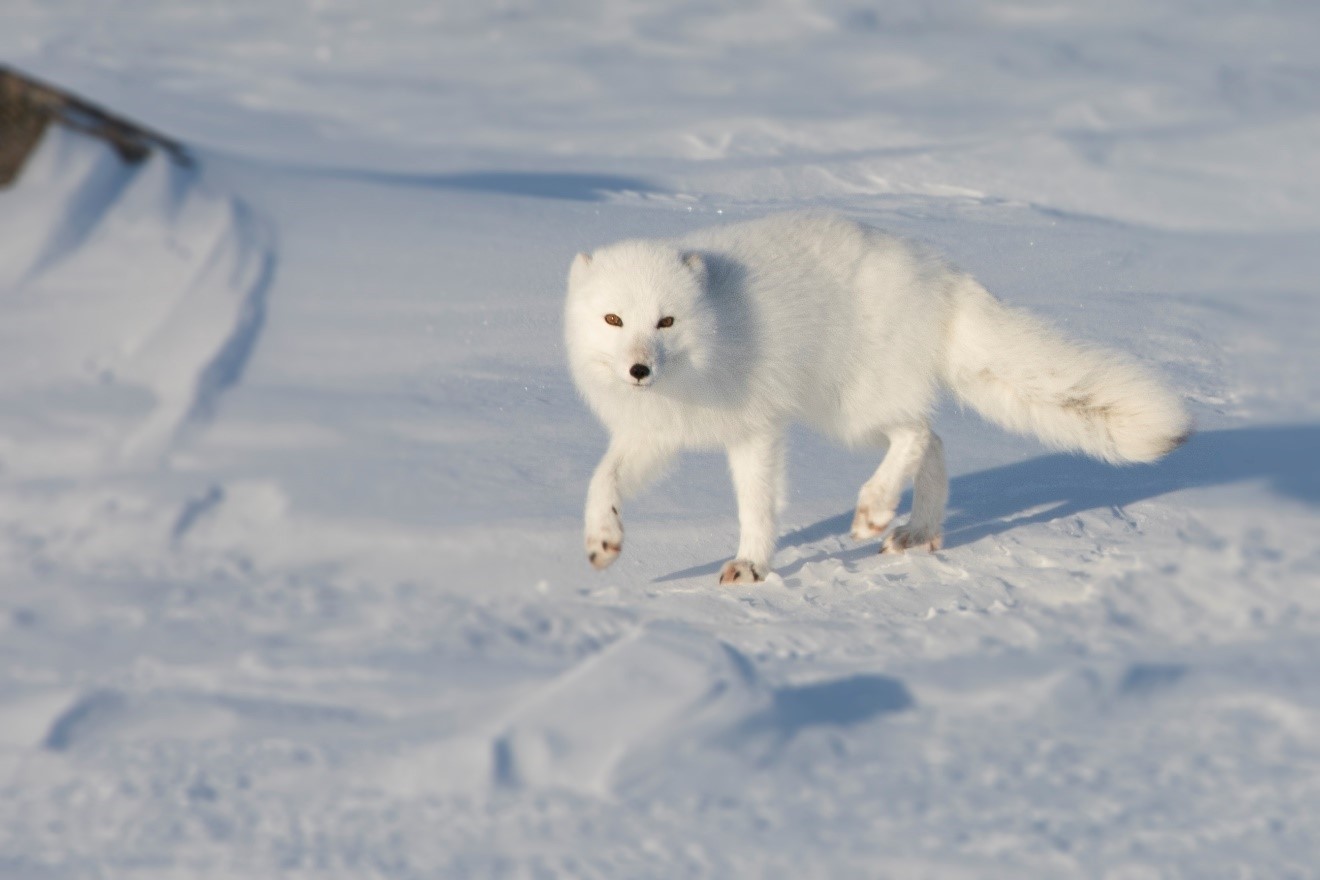
2 Comments

Linda Butler
February 16, 2024 at 2:18 pm

Court Whelan, Ph.D.
March 13, 2024 at 6:25 am
Thanks! Will be traveling to Churchill with Nat Hab at the end of February for some Aurora viewing, so am sure this will come into play. Does anything happen when going from warm inside to cold outside?
fortunately no, as long as you have avoided getting any fog on your lens :). If, however, you have some fogging, you could have it freeze when you go back outside, so just be careful of that, as it’s even harder to remove once frozen.